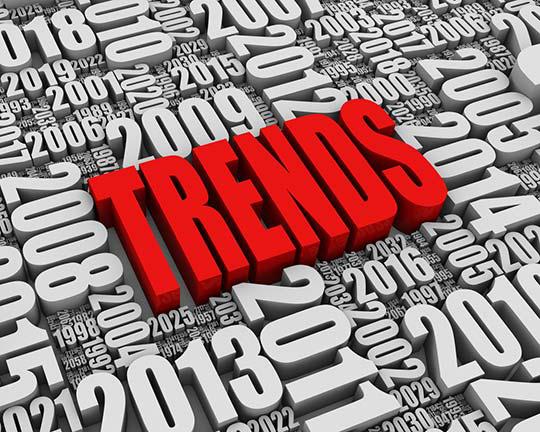While that cloud computing ceased to be a term reserved for techies, it has gone from being a technology adopted to save costs and increase the efficiency of operations to be a key element in the design of the strategy and business models of organizations.
It is, therefore, important to know where cloud computing is heading in the coming years and how it will affect the businesses.
Security will not be a reason
When it comes to cloud computing, still many companies tremble thinking about security. No one wants to jeopardize your data or get into a legal mess for failing to meet a certain standard.
So the leading providers of cloud services are pouring billions of dollars to develop more reliable and secure solutions. Numerous emerging startups are also making inroads add extra security to the cloud services.
In the future, identity management and security policies will be improved. In coming years, security will be a commodity in the cloud services, which will motivate many companies to jump on the cloud.
Boom for Fog Computing
First the cloud and then the fog. The fog computing model is specially created for the Internet of things, as there will be devices, wearables, and sensors that are part of the processing of the data, which will relieve the work of the cloud.
More hybrid cloud
Market research firm Gartner predicts that 50 percent of companies will have hybrid clouds in 2017, a percentage that will certainly increase in the following years. Although the design of the processes of many businesses includes cloud solutions, few deployments are ‘only cloud’, and this trend is unlikely to change.
Normally it is very complex to migrate all existing systems of a company to the cloud, so the hybrid cloud offers an intermediate solution that combines the best of the cloud and on-premise world.

Growth in cloud market
There is no doubt that cloud computing will dominate the technology landscape in the coming years. It is easy to find different analysts predictions about what the size of this market. There is unified opinion that business spending on the cloud infrastructure will grow in two digits until 2020 while investment in non-cloud infrastructure will decrease steadily.
Within the next four years, investment in cloud services exceeds investment in traditional systems. And, most remarkable, about 40 percent of this investment will come from small and medium enterprises, which will use cloud services to compete with big business but without incurring costs, thanks to the scalability of such services.
More and more applications developed for the cloud
Increasingly developers think their applications can directly evolve in the cloud in SaaS mode. According to Gartner, 20 percent of all income market applications in the world has already generated SaaS applications last year. And not only applications but also marketplaces, developing APIs, SDN, etc. are being developed taking cloud in mind.
Increasingly XaaS
For years, we have the concept of SaaS, PaaS, IaaS, etc. But in future what we will discuss is the XaaS (Everything as a service), which means something like “anything as a service”. Microsoft is developing Windows 10 operating system as “Desktop-as-a-Service”.
In the same way, the cloud is democratizing, security is also democratizing data processing capacity and information management. So all those activities that require costly technology infrastructure and process large volumes of data, handle complex graphics, etc. will be brought to the cloud and services will lead to BDaaS (Big data as a Service), GaaS (Graphics as a Service), DaaS (Desktop as a Service …) and many other things.
Cloud will no longer be called cloud
It will surely be the most accurate: in 2020, the term cloud virtually disappears from our lexicon. It will no longer be synonymous with innovation and differentiation as now because all the new technology will be based on the cloud and will be considered a basic service.